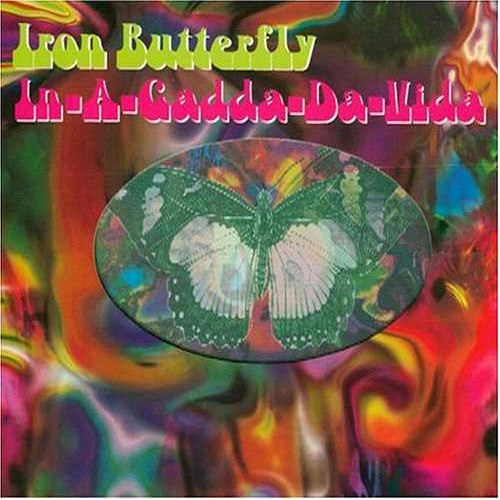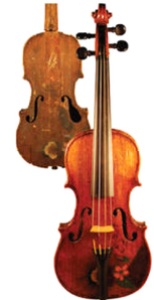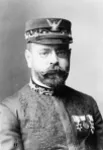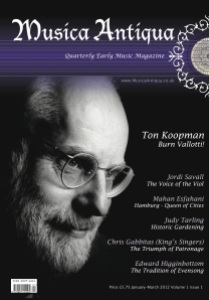A close reading of the canonical texts yields conclusive evidence that the celebrated sleuth was not a superb violinist—he was a superb violist.
The mistake was likely perpetuated by an early printer’s error. After all, Watson was a doctor, which means that even at best his handwriting was nearly illegible; he undoubtedly wrote “viola”, not “violin”. References to Holmes’s playing such as a “low, dreamy, melodious air” and “low melancholy wailing”—as well as to his habit of playing it “thrown across his knee”—clearly indicate that his instrument must have been a viola.
In fact, further textual references point to a historical mystery solved. Holmes referred to his instrument as a Stradivarius bought from a shady broker for only 55 shillings; surely this was the one Stradivarius viola, dated 1695, whose whereabouts has eluded instrument historians.
This according to “Quick, Watson, the fiddle” by Rolfe Boswell (The Baker Street journal, October 1948; reprinted in Journal of the American Viola Society online 26 [summer 2010] pp. 14–18).
Above, a classic depiction by Sidney Paget, Conan Doyle’s original illustrator; below, Jeremy Brett holds forth.
Related article: Dickens and music












